Basil-Walnut Pesto & Thoughts on Food Preservation
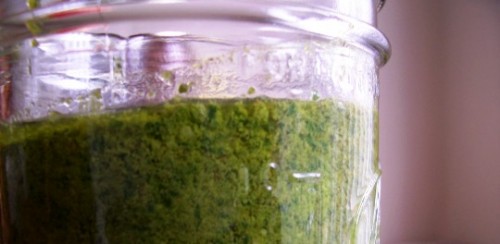
Pesto is one way to preserve basil, or any herb really. Just pop it into the freezer when it’s done and pull it out in the dead of winter for a taste of summer. But when contemplating food preservation I always want to find more sustainable methods. Methods that use less energy, supplies and storage space.
Two methods of food preservation that I would like to focus on this year are drying and lacto-fermenting. All fruits are said to dry well including the “vegetable fruits” such as tomatoes and peppers. So, at least in some instances, it makes sense to dehydrate them rather than can them.
Fermentation has been used for ages to preserve everything from milk to vegetables and even meats. And now starters and tools are available in order to make the process even easier.
But, back to the pesto… This past week we were blessed with an abundance of basil from our CSA share. With crispy walnuts and raw parmesan in the refrigerator along with garlic and good olive oil in the pantry, pesto was inevitable. So with my toddler as head button-pusher we whizzed up a jar of “tastes like summer”.
My husband isn’t wild about basil, which is fine, that just means more for the rest of us. *smile*
Basil-Walnut Pesto
Recipe Notes: I have listed some of these ingredients as approximates because everyone has their own idea of what pesto should be. I also add a teaspoon of lemon juice to try to avoid oxidation and keep the basil a bright green.
- 2 cups fresh basil leaves, packed
- ~ 1/2 cup grated parmesan
- ~1/3 cup crispy walnuts
- 3 garlic cloves
- 1/3 – 1/2 cup extra virgin olive oil
- ~ 1/2 teaspoon sea salt
- 1 teaspoon lemon juice
- Wash basil leaves in a large bowl of cold water to remove any dirt. Drain and spin dry or allow to dry on a towel.
- To a food processor add the crispy walnuts and pulse until it is a coarse meal. Add parmesan and garlic and pulse until the garlic is chopped and the parmesan is incorporated. Add basil leaves and pulse until they have been thoroughly chopped down and incorporated.
- With the food processor running stream in the olive oil until you have reached your desired consistency. Add salt and lemon juice and pulse again. Taste and adjust seasoning as desired.
What about you… how do you plan to preserve the harvest?
Be sure to come back tomorrow when I will begin a series on fermented foods. If you’re interested you can start looking at all the different fermented foods that you can make at home. See you then!



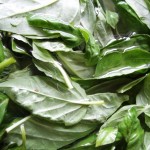
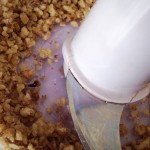
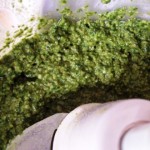
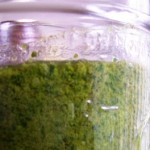


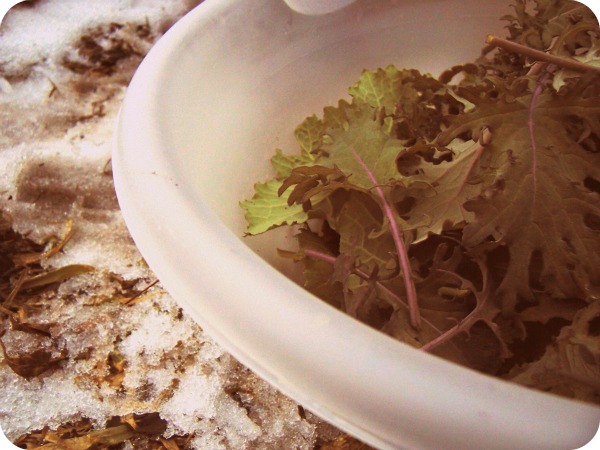
Pesto’s great! I love that you can use all greens to make it: cilantro, parsley, kale, chard, spinach and of course, basil. Same goes for the nuts/seeds to accompany.
Very much looking forward to your info on fermentation.
Drying – love it. We have an Excalibur dehydrator and I just made 2 gallons of soaked granola in it today. Lacto-fermentation – discovered it a few months ago when I finally got my copy of Nourishing Traditions. Have made and LOVE the sauerkraut, cortido, and just made a second batch of the ketchup – my children like it better than store-bought and eat less of it. 🙂
Hello! Just wanted to say I love your blog and I’m totally on board with your ideas about healthy eating. This is a fairly new journey for me, however. I’m working on losing a large amount of weight but I’m struggling with what I can only call addictions…sugar and caffeine mainly. Any thoughts on dealing with those things? Cold turkey? (Yikes!!) Thanks for a great blog!
I sometimes add fresh mint when making pesto. Also with the addition of a bit more lemon juice and olive oil, it becomes a salad dressing in our house.
I’ve been making pesto like crazy lately too. I’ve got a jar of basil pesto and a jar of mixed herb pesto – thyme, oregano, rosemary and basil – in the fridge right now. I used “mixed nuts” for the basil pesto – pepitas, hazelnuts and almonds – and just almonds for my mixed herb pesto. The mixed herb pesto makes the best salad dressing I’ve had in months. I’ve been storing the pesto in the fridge with a thin layer of oil over the pesto. It is keeping really well and not taking up more room in my overstuffed freezer. After I use some I just let it sit at room temp and smooth out the top again before I put it back in the fridge.
If you add a thin layer of EVOO to the top for storage purposes each time out use it, doesn’t this over-oil the product after a while? How long can I store th jars in the fridge? How do I know if it’s bad—is it obvious, like big time mold? Thx.
And as an addendum to my previous comment, which method (freezing vs refrigeration) allows for the greatest longevity of storage?